Keywords
|
| Patch Antenna, Microstrip antenna, Multiband band |
INTRODUCTION
|
| With the advance of wireless communication systems and increasing importance of wireless applications in recent years.[1]Microstrip patch antenna(MPA) has attracted wide interest due to its important characteristics, such as light weight, low profile and low cost, mechanically robust, simple to manufacture, easy to integrated with RF devices, allow multi-frequency operation to be achieved ,etc. However, its further use in specific systems is limited because of its relatively narrow bandwidth. A patch antenna is a popular type of microstrip antenna which is also known as a flat panel antenna. It derives its name from the fact that it is formed by suspending a single metal patch over another larger metallic plate with a dielectric sheet in between the two pies. [2]Some patch antennas use dielectric spacers between the two plates instead of a continuous sheet in order to achieve better bandwidth. The increased production and use of portable electronic equipment has increased the need for a reliable and compact antenna. Patch-type microstrip antennas have met this need, and are now built-in to cellular phones, palm electronic devices, ,as well as laptop computers and wireless local area network (LAN) equipment. A patch antenna assembly is commonly enclosed in a protective white or black plastic case, called a radome, in order to shield the antenna from inclement weather and make it easier to mount. Patch antennas are thin, lightweight, and relatively simple to construct, modify or customize. These antennas are commonly fabricated into rectangular, square, elliptical, or circular shapes. |
PROPOSED WORK
|
| The antenna is designed by IE3D structure simulator engine by zeland software. the geometry of an antenna is substitute on a finite rectangular ground plane of dimensions (30mm × 40mm) ,the patch element has been printed on the top of substrate (ztop = 1.6, Er = 4.4, loss of tangent =0.02) , the feed point has been given on the lower of the rectangular surface . |
| The patch is printed on the ground plane substrate of relative permittivity Er =4.4. (fig-4.2) is the base shape which is of rectangular shape and (fig-2) is the final patch shape which of ice cream shaped. The various parameters that have been optimized are length and position of the aperture, length of the open circuited microstrip stub, and the air gap between the substrates. |
SIMULATION AND RESULTS
|
| The iterations of the microstrip patch antenna were examined by using the IE3D simulation software tool. The frequency lies between (1GHZ – 8GHZ) up to 80 number of frequencies. The simulation of this antenna structure provides good result and makes this antenna suitable to work in two to three different frequency bands. |
3.1 BASE STRUCTURE-: (Analysis of Return loss, VSWR, Gain, Directivity)
|
| The most important parameters which is to be analyzed is the bandwidth of the antenna , gain ,VSWR, directivity for analyzing the bandwidth of an antenna we need return loss curve is drawn in Fig-5.1 and studied in By analyzing it we can see that different frequency bands named F1,F2, respectively. After calculating we can see that the bandwidth of different frequency bands F1=4.05% at 3.475GHZ, F2=4.21% at 5.031GHZ, which makes the base antenna structure suitable for two different types of applications. Another parameter is the gain of the antenna. The Gain VS Frequency Graph is illustrated in the Fig-5.3 is used to find gain of the antenna .The curve shows gain of F1 is 1.674dbi at 3.475GHZ and F2 is 0.875dbi at 5.031GHZ . Directivity is another important parameter of an antenna which is closely related to antenna gain. The Total Field Directivity VS Frequency curve is illustrated in Fig-5.4. The graph shows a directivity having 8.184dbi at F1 and 9.800dbi at F2 the VSWR curve is another important parameters it should be less than 2 for an antenna to work properly. It is less than 2 in all two bands as shown in Fig-5.2. This base structure does not provide good gain and directivity so we will cut the base shaped into a structure with same feed then we get. |
3.2 FINAL PATCH STRUCTURE-: (Analysis of Return loss, VSWR, Gain, Directivity)
|
| The most important parameters which is to be analyzed is the bandwidth of the antenna , gain ,VSWR, directivity for analyzing the bandwidth of an antenna we need return loss curve is drawn in Fig-5.5 and studied it By analyzing it we can see that different frequency bands named F1,F2,F3 respectively. After calculating we can see that the bandwidth of different frequency bands F1=1.26% at 5.525GHZ, F2=9.46% at 6.727GHZ and F3=1.84% at 7.717GHZwhich makes the base antenna structure suitable for three different types of applications. Another parameter is the gain of the antenna. The Gain VS Frequency Graph is illustrated in the Fig-5.7 is used to find gain of the antenna .The curve shows gain of F1 is 3.757dbi , F2 is 4.478dbi and F3 is 0.329dbi . Directivity is another important parameter of an antenna which is closely related to antenna gain. The Total Field Directivity VS Frequency curve is illustrated in Fig- 5.8. The graph shows a directivity having 10.111dbi at F1 and 9.101dbi at F2 and 10.162dbi at F3. The VSWR curve is other important parameters it should be less than 2 for an antenna to work properly. It is less than 2 in all two bands as Shown in Fig-5.6. These base structures provide good gain and directivity now we compare smith chart of both shapes. |
CONCLUSION
|
| “Design and simulation of modified H shaped microstrip patch antenna” with Multi-Band characteristics has been successfully demonstrated .This antenna works in three different frequency bands as shown in the return loss curve. The antenna structure also provides a good amount of gain and directivity .the antenna efficiency and radiation efficiency which is quite good enough. Its frequency lies between (2- 8) GHz and it can be used for various military and wireless applications. |
| Analyzing this type of structures we can further provide increment in the gain and bandwidth of the antenna. By changing the substrate and feeding. |
ACKNOWLEDGEMENT
|
| The author would like to express sincere thanks to my colleague SATYENDRA KR ROY and ER.SANJAY GURJAR (Asst Prof) of Electronic and Communication Engineering Department of Institute of Engineering and Technology (IET) Bhagwant University, Ajmer Rajasthan for providing the help to carry out this work. |
| |
Tables at a glance
|
 |
| Table 1 |
|
| |
Figures at a glance
|
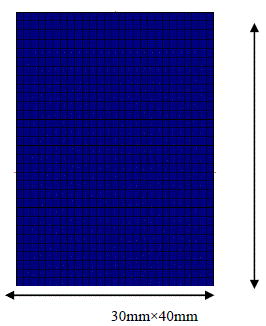 |
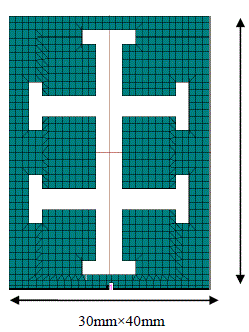 |
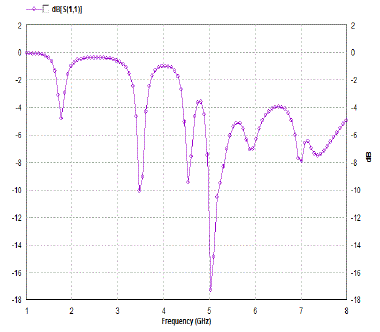 |
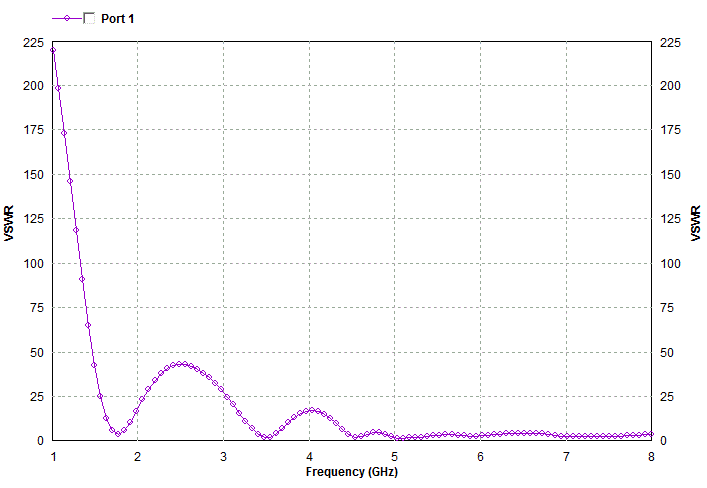 |
| Figure 1 |
Figure 2 |
Figure 3 |
Figure 4 |
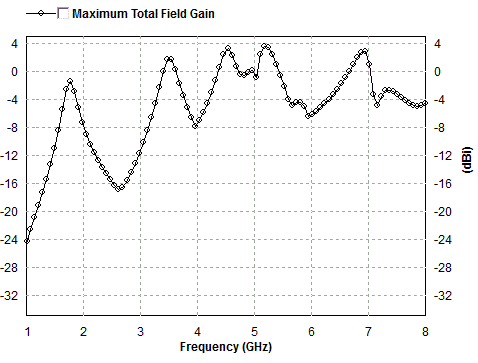 |
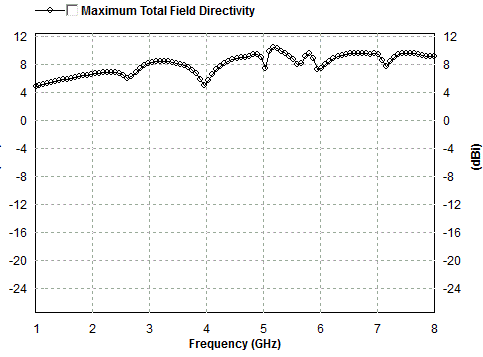 |
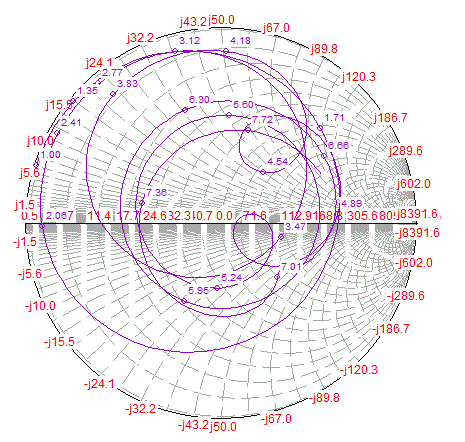 |
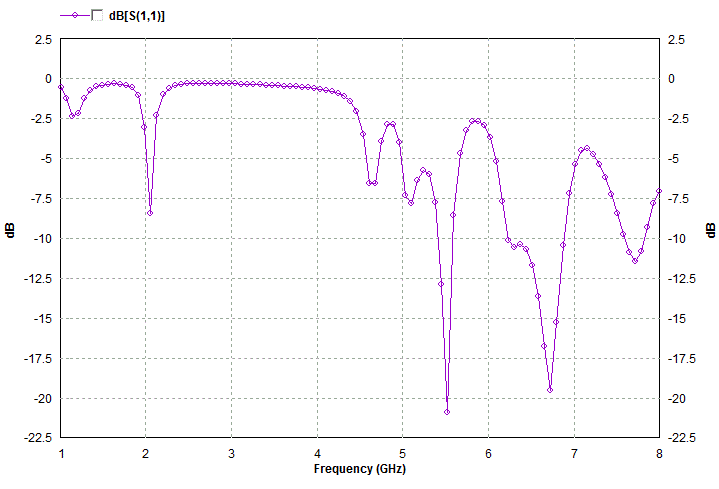 |
| Figure 5 |
Figure 6 |
Figure 7 |
Figure 8 |
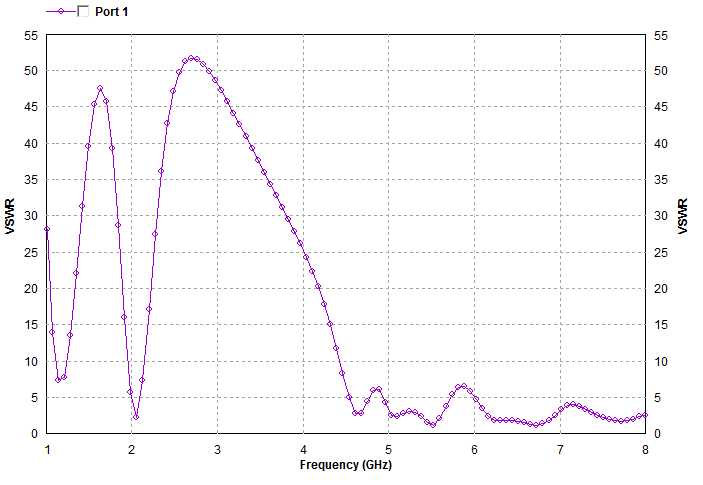 |
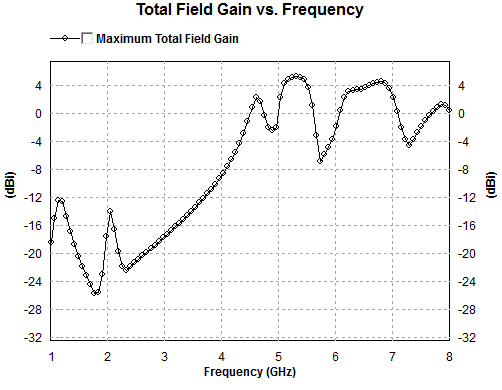 |
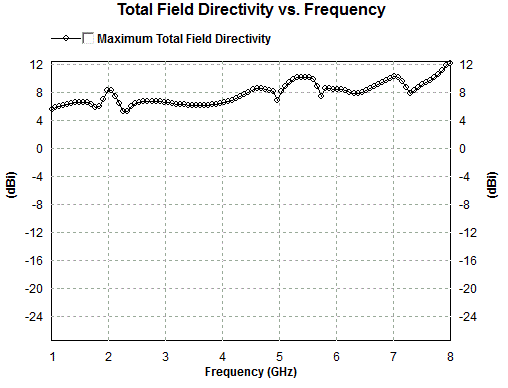 |
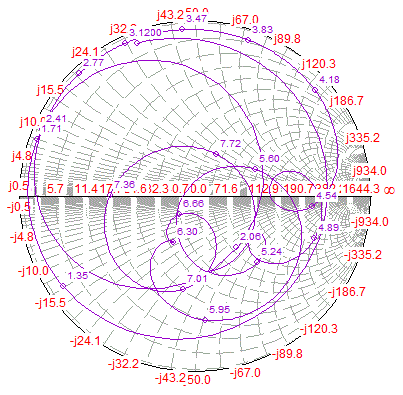 |
| Figure 9 |
Figure 10 |
Figure 11 |
Figure 12 |
|
| |
References
|
- J.J. Huang, F.Q. Shan and J.Z. She Tsinghua University, China “Progress in Electromagnetic Research Symposium 2006, Cambridge, USA, March 26-29” vol2 no1 page 57to59.
- Howel “MicrostripAntennas,”IEEE International Symposium on Antennas and Propagation, Williamsburg Virginia, 1972 pp. 177-180.
- Sachendra N. Sinha, Senior Member, IEEE, and Manish Jain “IEEE antennas and wireless propagation Letters” vol 6.2007
- ”A Novel approach of miniaturization of slot Antenna “, Azadegan R, Sarabandi,K, IEEE transactions as, antenna and propagation vol 5; issue 3 march 2003
- Fan Yang and RahmatSamii,Y, “Applications of electromagnetic band gap (EBG) structures in microwave antenna designs” microwave millimeters wave technology p.p. 528-531 , Aug 2002
|